
Acacia enterocarpa, commonly known as jumping jack wattle, is a shrub species that is endemic to eastern Australia.

Acacia verticillata is a perennial shrub to small tree native to south eastern Australia.
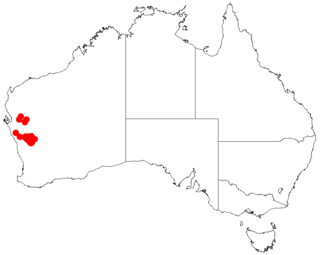
Acacia incognita, also known as false sugar brother, is a shrub or tree belonging to the genus Acacia and the subgenus Juliflorae that is endemic to Western Australia.
Acacia stanleyi, commonly known as Stanley's rock wattle, is a shrub belonging to the genus Acacia and the subgenus Juliflorae that is endemic to south western Australia.

Acacia acuaria is a shrub belonging to the genus Acacia and the subgenus Phyllodineae that is endemic to Western Australia.
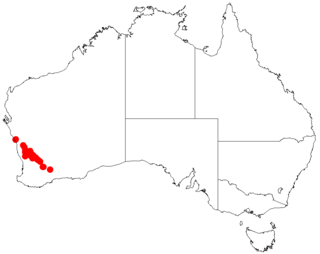
Acacia jacksonioides is a shrub belonging to the genus Acacia and the subgenus Phyllodineae that is endemic to western Australia.
Acacia adnata is a shrub of the genus Acacia and the subgenus Plurinerves that is native to Western Australia.

Acacia brachycarpa is a shrub belonging to the genus Acacia and the subgenus Phyllodineae endemic to Queensland.
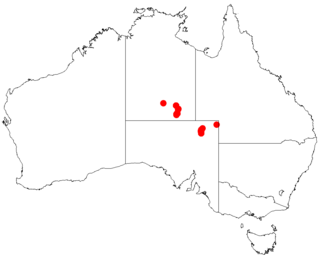
Acacia pickardii, commonly known as Pickard's wattle or birds nest wattle, is a tree or shrub belonging to the genus Acacia and the subgenus Phyllodineae native to eastern Australia. It is listed as a vulnerable species according to Environment Protection and Biodiversity Conservation Act 1999.

Acacia gracilifolia, commonly known as graceful wattle, is a shrub belonging to the genus Acacia and the subgenus Plurinerves native to a small area of central southern Australia.

Acacia quadrilateralis is a shrub belonging to the genus Acacia and the subgenus Phyllodineae native to north eastern Australia.

Acacia rubricola is a shrub belonging to the genus Acacia and the subgenus Phyllodineae native to north eastern Australia.
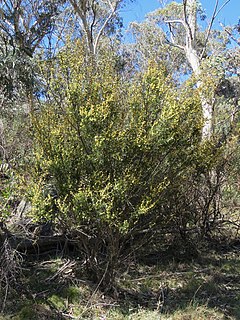
Acacia siculiformis, commonly known as dagger wattle, is a shrub belonging to the genus Acacia and the subgenus Phyllodineae native to south eastern Australia.

Acacia kybeanensis, commonly known as kybean wattle or kybeyan wattle, is a shrub of the genus Acacia and the subgenus Phyllodineae that is endemic to south eastern Australia.

Acacia axillaris, commonly known as midlands mimosa or midlands wattle, is a shrub belonging to the genus Acacia and the subgenus Juliflorae that is native to Tasmania. The species was list as vulnerable in 2014.

Acacia barakulensis, commonly known as waajie wattle, is a shrub belonging to the genus Acacia and the subgenus Juliflorae that is native to north eastern Australia.

Acacia cretata is a shrub or tree belonging to the genus Acacia and the subgenus Juliflorae that is native to north eastern Australia.
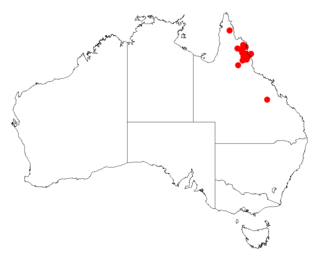
Acacia guymeri is a shrub belonging to the genus Acacia and the subgenus Juliflorae that is native to north eastern Australia. It was listed as vulnerable according to the Environment Protection and Biodiversity Conservation Act 1999 but was delisted in 2013. It is still listed as Vulnerable according to the Nature Conservation Act 1992 in Queensland.

Acacia leptostachya, commonly known as Townsville wattle or slender wattle, is a shrub or small tree belonging to the genus Acacia and the subgenus Juliflorae that is native to north eastern Australia.

Acacia pycnostachya, also known as Bolivia wattle, is a shrub or tree belonging to the genus Acacia and the subgenus Juliflorae that is native to eastern Australia.


















